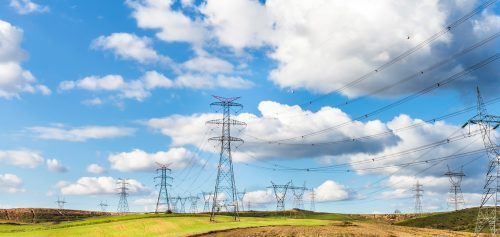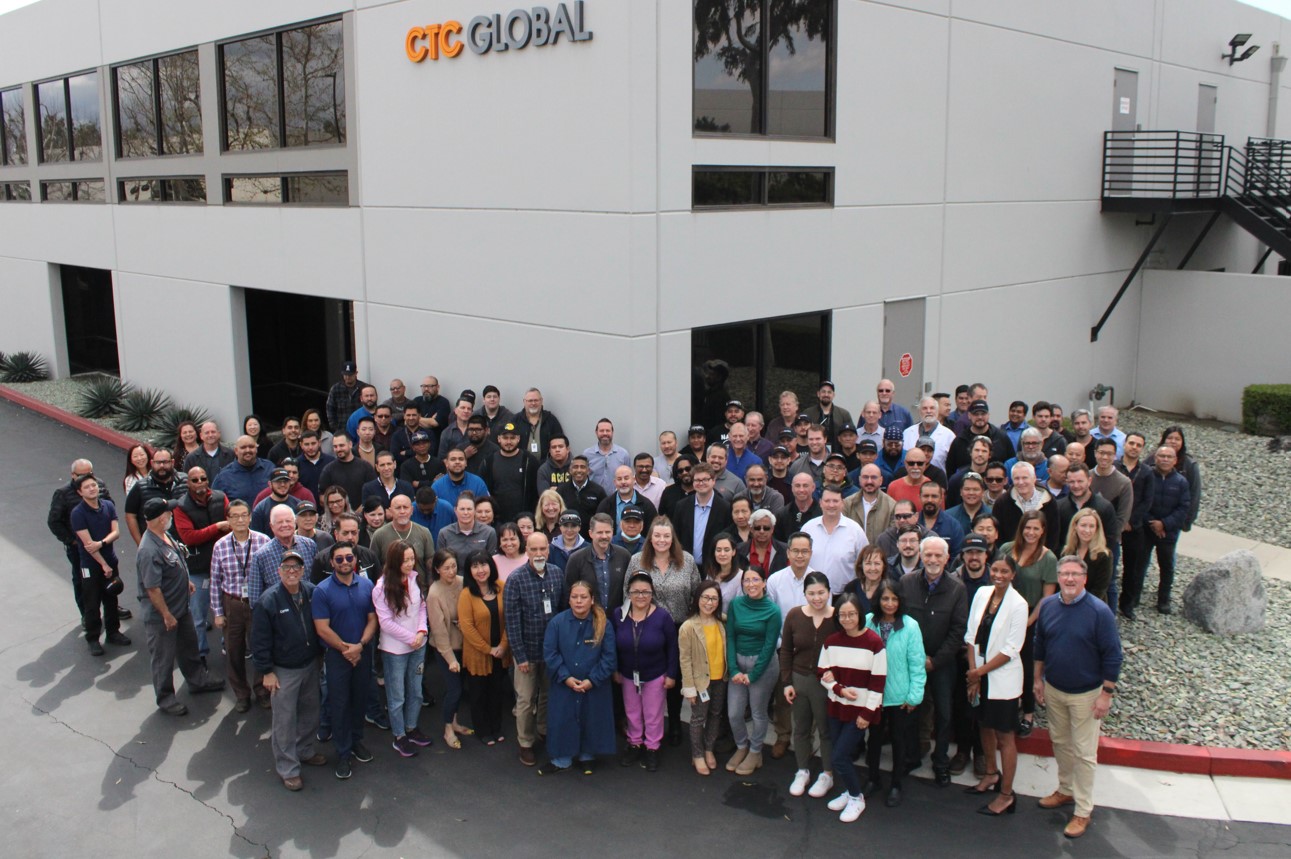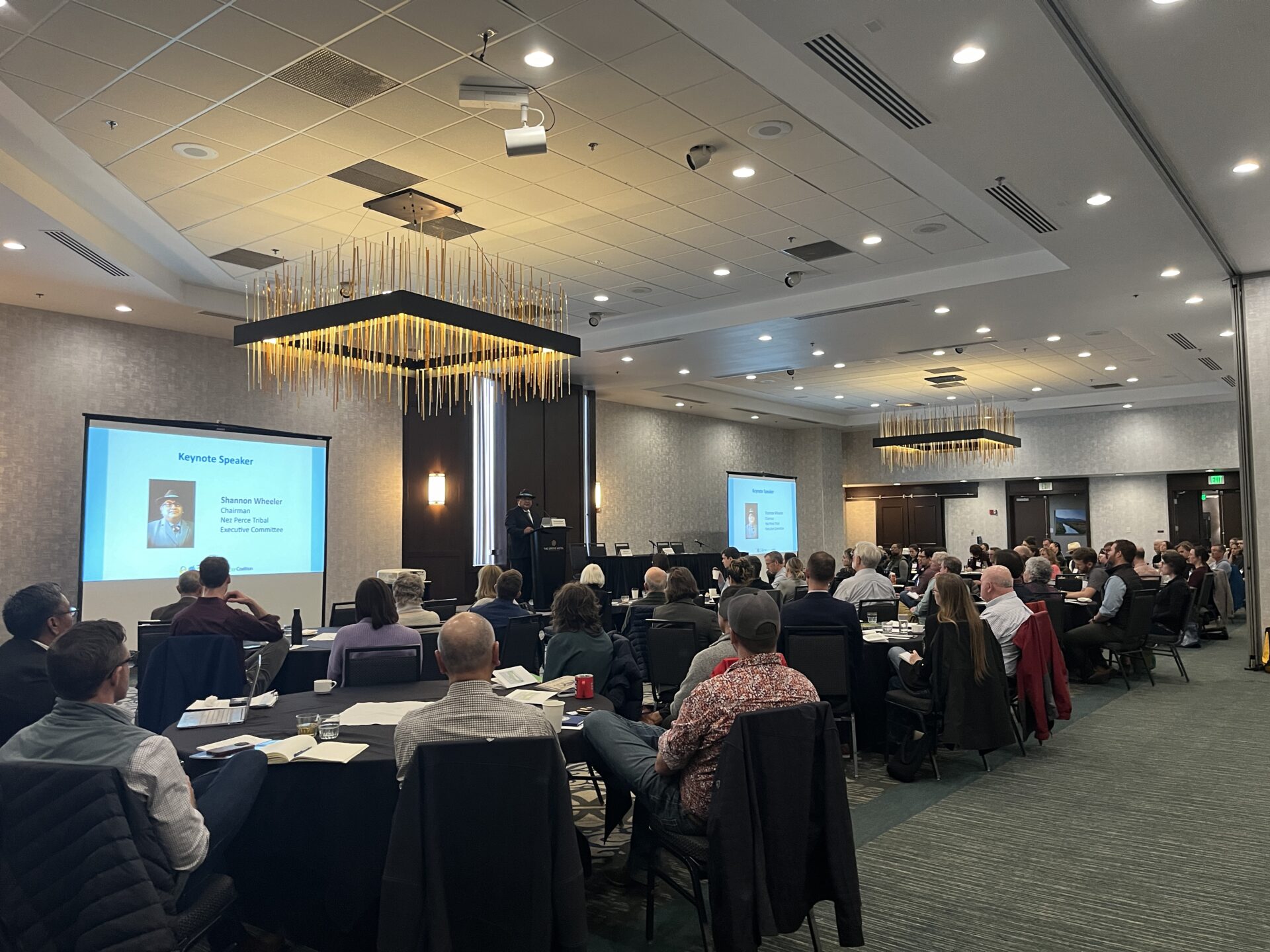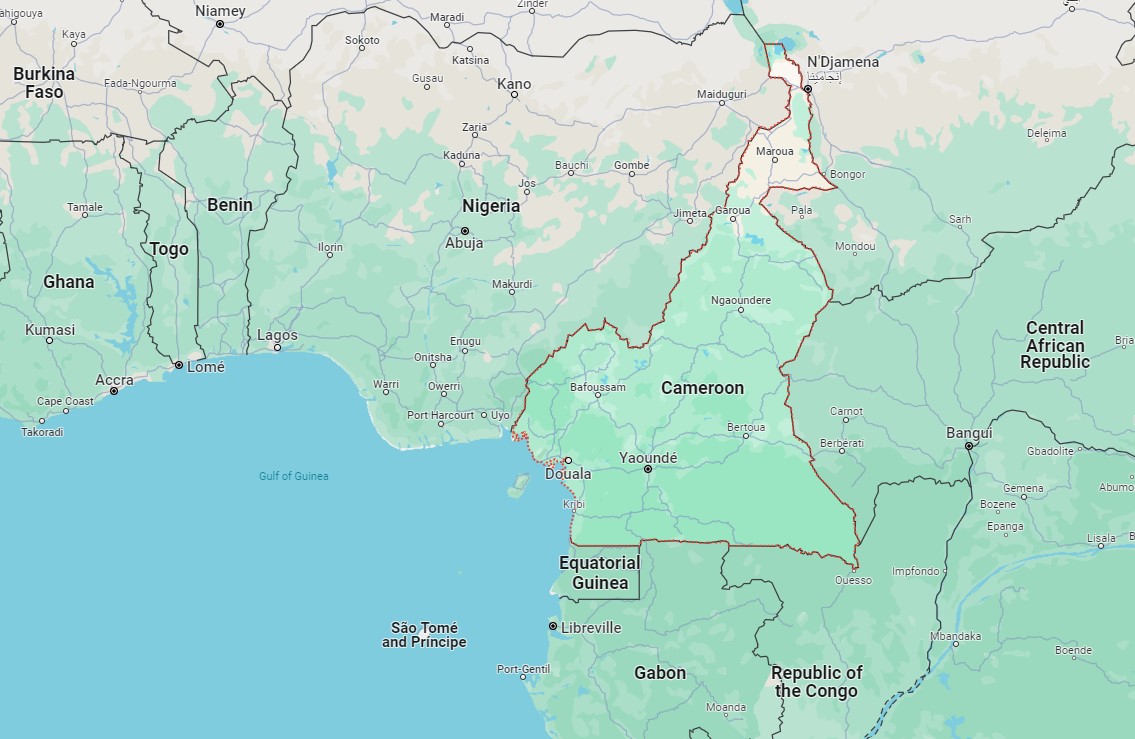Following the Western Energy Crisis of 2000 and the Major East Coast Blackout of 2003 – that was attributed to some degree to excessive conductor sag – CTC Global, based in Irvine, California developed and commercialized a high-capacity, low-sag overhead conductor known as ACCC (Aluminum Conductor Composite Core).
ACCC has been used at over 425 projects in 40 countries to increase the capacity of existing transmission lines without the need to replace or modify existing structures. Unlike conventional steel reinforced overhead conductors such as ACSR and ACSS, the ACCC conductor does not exhibit thermal sag under highly loaded conditions.
This is primarily due to the fact that the coefficient of thermal expansion of CTC Global’s ACCC conductor’s composite core is about ten times lower than a conventional steel core. Because the hybrid carbon fiber composite core is also so much lighter than steel, CTC Global’s use of compact trapezoidal strands allows a 28 percent increase in conductive aluminum content without a weight or diameter penalty.
CTC Global ACCC conductor enables integration of renewables
CTC Global’s added aluminum content not only serves to increase power flow – it also reduces electrical resistance and associated line losses by 25 to 40 percent or more
While CTC Global’s ACCC conductor’s increased capacity can serve to alleviate grid congestion and enable the integration of more renewable energy, reduced line losses can also serve to improve the economic viability of renewable generation resources by delivering more power more efficiently. Though CTC Global’s ACCC conductor is about twice as expensive as conventional ACSR or ACSS conductors, line loss reductions and increased revenue can offer payback times measured in months and increased profitability for decades. On new lines, CTC Global’s ACCC conductor’s greater strength and reduced thermal sag can enable greater spans between fewer and/or shorter structures thereby offsetting the cost premium on day one, while reducing environmental impact and construction timeframes. Increased Renewable Energy Credits (REC’s) can offer even greater financial incentive.
While improving the efficiency of demand side appliances helps reduce stress on the power grid and generation resources, and improving the efficiency of generation assets helps reduce operating costs and in some cases associated emissions, very little consideration is given to the efficiency of the grid itself that connects the two. This is generally because line losses in the U.S. are typically pegged at around 3 percent – a seemingly low number. However, when you can reduce line losses by one third or more by using CTC Global’s ACCC conductor the amount of energy saved and emissions reduced is remarkable.
For example, last December, American Electric Power completed the retrofit of an existing 345 kV transmission line in Texas. They replaced 240 circuit miles of conventional steel reinforced ACSR conductor with CTC Global’s high-performance ACCC conductor. Not only did they double the line’s capacity to accommodate load growth, they also reduced line losses by 30 percent. The reduced line losses will not only save AEP over 250,000 megawatt hours of electricity every year, and free up nearly 30 megawatts of generation capacity, it will also reduce CO2 emissions by over 160,000 Metric Tons per year. That is the equivalent of removing nearly 34,000 cars from the road, year after year.
As we all know our industry is going through a substantial transformation. CTC Global is working hard to build a robust, efficient and reliable power grid to support the integration of more renewable energy to reduce GHG emissions, improve national security and provide affordable and reliable electricity to grow our economy. The time has come to leverage all technical advancements, including CTC Global’s high performance ACCC conductor.






